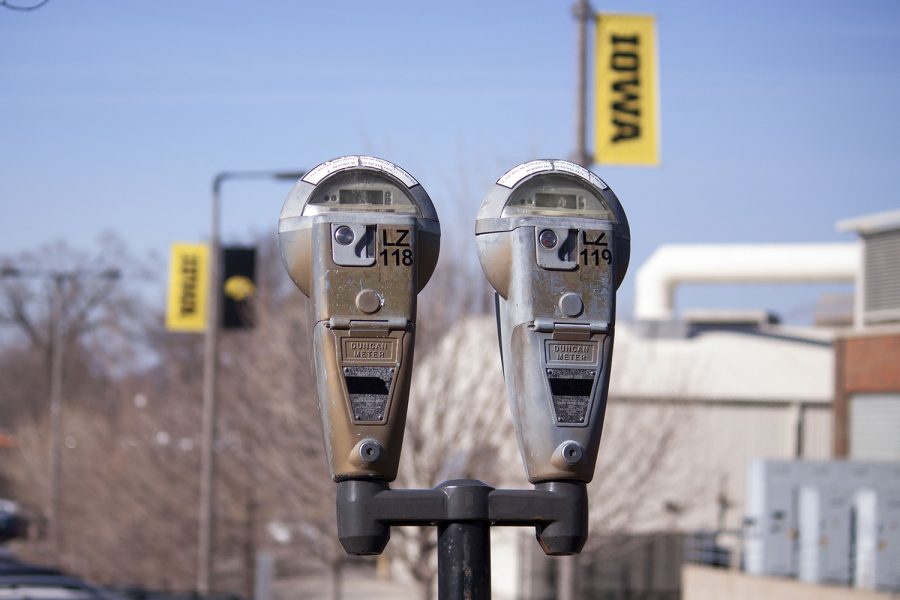At the beginning of the current school year, the Iowa City School District addressed a problem — the large number of motorists ignoring the extended stop-sign arm.
The district decided to install an external camera on each of its 105 buses in an effort to decrease these numbers.
Now, although Iowa City’s success is yet to be determined, other districts in the area might follow their example with similar programs.
David Dude, chief operating officer for the Iowa City School District, said the cameras were added to the buses as part of the district-wide safety initiative.
“Our hope is that it is another tool that can be used to enhance student safety,” he said.
Although the district faced heavy criticism for what many perceived to be a violation of the city’s traffic-camera ban, several other districts in the surrounding area are considering similar moves.
The West Branch School District, which currently only has one bus with an external camera, is hoping to have several more cameras installed by the end of this school year, Transportation Director Joe Lande said.
Donald Krings, the Muscatine School District head transportation supervisor, said Muscatine is also looking at external cameras for its buses and depending on if the proposals are approved, might have cameras installed by the start of next school year.
The main reasons the districts said they were reluctant to originally install cameras was the steep price tag as well as the lack of good technology.
For Iowa City, Dude said the yearly cost of the cameras to the district is around $12,000.
A few years ago, the costs were too high for Muscatine based on the level of technology present.
“Honestly, we didn’t want to buy the cameras a few years ago because they would be blurry,” Krings said.
But now, with cameras more easily able to capture and zoom in on the driver’s face and license plate, Krings said despite the cost, the cameras are becoming a much better option than relying on drivers.
Like other districts without cameras, Krings said Muscatine police rely on the bus driver’s ability to capture information like the license plate, driver description, and make and model of the car to pursue prosecution.
However, this information is quite difficult for drivers to get in just a few seconds, Lande said, especially when they’re focused on taking care of the children.
“You’re paying attention to students leaving the bus or coming into the bus, rather than the traffic,” he said.
When that information isn’t available, Lande said, the chances of a successful prosecution drop rapidly.
Cedar Rapids, which faces a much higher rate of illegal passing than either West Branch or Iowa City, is not considering getting cameras, transportation manager Denny Schreckengast said.
The cameras were simply still too expensive and still too unreliable in the cold, snowy Iowan weather, he saud.
In addition to having bus drivers report the illegal passing, he said, the district also alters bus stops accordingly.
Because higher penalties were imposed across Iowa intended to curb illegal passing, Krings said he has actually seen the opposite effect happen.
The fines used to be low, he said, so people would pay and go on their way. But now people will fight them much more often in court, which leads to increased burdens on his drivers, who must take time off of work to testify.
“We’ve had close calls in the past, but even with the tougher laws, I haven’t seen any changes,” he said. “And I don’t know what’s going to stop it. Cameras don’t prevent it; they just report it after the fact. But at least that’s something.”






